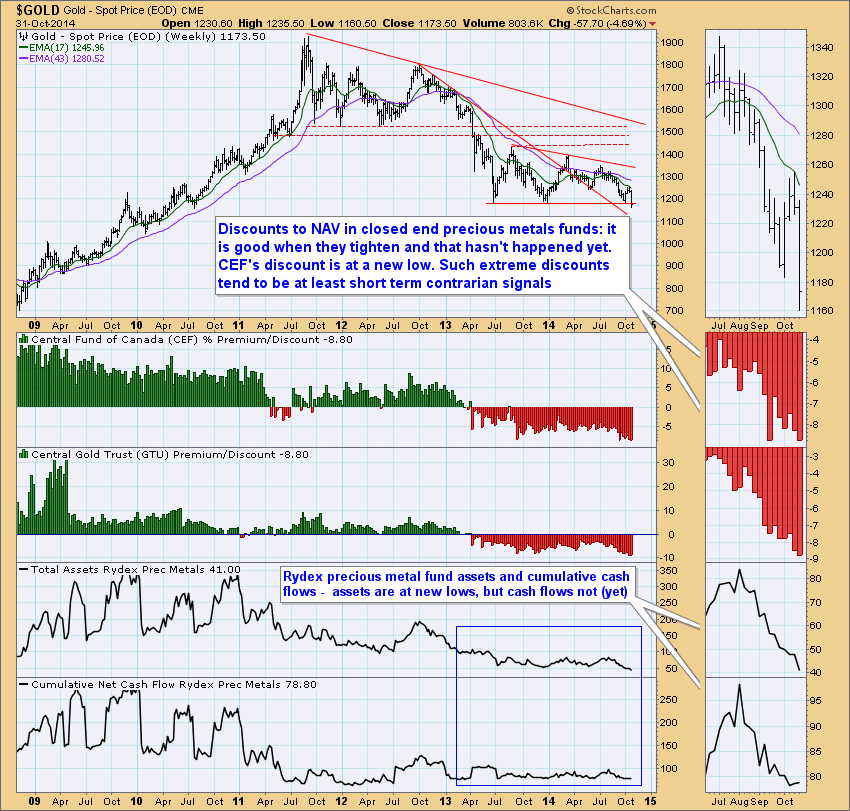High NAV v NAV The Tale of Two Numbers Times of India
Post on: 21 Июнь, 2015 No Comment

‘Equity MFs net inflow at Rs 64,000 crore so far
Feb 5, 2015, 05.46 PM IST
The Net Asset Value or the NAV is the price at which a single unit of a particular mutual fund is traded. It is calculated by dividing the total net value of the assets held by the fund, to the number of outstanding units.
NAV = Net Assets / Outstanding Units
How NAV differs from Stock Price?
While the NAV might seem to be similar to stock price, the two differ a lot. Since the NAV is based on a bunch of underlying assets, its value is declared only once (at the end of a day), once the trading in those underlying assets is completed. In comparison, a stock price (although fluctuating) is available throughout trading hours. Moreover, unlike a stock price, the NAV does not give you an idea about the performance of mutual fund scheme.
NAVs — The Highs and Lows of it
If you are planning to invest your money in a mutual fund, do not let the high and low NAV values influence your decision about short-listing a fund. As discussed, unlike shares, the absolute value of a mutual fund NAV does not say much about the performance of the fund.
Low NAV - When a fund house launches a new fund (New Fund Offer — NFO), the units of the fund are available for a standard NAV of Rs. 10 — this shouldn’t be a deterrent. Further, as the formula above states, a fund could have a lower NAV because its net assets are low or the no. of outstanding units is high (due to a temporary transition like NAV split, etc). Also, a fund’s NAV decreases proportionately, whenever it pays out dividends.
High NAV - Similarly, a high NAV could be because of a good performance over the years. But then, with mutual funds, the past performance is never a guarantee for future performance.
Myth 1 — Low NAV means More Units = More Dividends
Investors should refrain from being attracted to low NAV funds just because you realize that your money can fetch you more units and that this might be beneficial when the fund declares a dividend. Here, the investor will not really benefit because a dividend is nothing but their own money being paid out. In fact, after the dividend is paid out, the NAV is adjusted accordingly!
Myth 2 — Fund with High NAV have reached their potential
Another common myth is that mutual funds with a high NAV have maxed out their potential and that they are no longer as lucrative. Now, one must remember that mutual funds have an underlying portfolio of stocks, which are chosen by an experienced fund manager who has a well-thought strategy for entering and exiting stocks. As soon as a particular stock has met its objective, the fund manager sells the stock and buys newer ones that are likely to provide returns in line with the scheme objectives.
One must understand that at the end, it is the fund performance that should matter and not the absolute value of the NAV. The money growth will depend on how the fund is performing and not on the NAV value. Hence, a 20% growth with NAV of 20 is the same as 20% growth with NAV of 200.
Contact Us (through the Query Form in the right hand side) to know more about Net Asset Value.














